
The Bank of Ghana (BoG) faces a crucial monetary policy decision this week, as it must figure how to adjust its benchmark interest rate to support growth without undermining recent gains in price stability.
Speaking at the 125th Monetary Policy Committee (MPC) meeting opening on Monday, Governor Johnson Pandit Asiama acknowledged the difficult balancing act ahead.
“The question before us is whether the current macroeconomic configuration warrants a recalibration of our monetary policy stance,” he noted.
Headline inflation fell to 13.7 percent in June, the lowest since December 2021, on account of tight monetary and fiscal policy alongside a sharp appreciation of the cedi this year.
The local currency strengthened 42.6 percent against the US dollar in first-half of the year, buoyed by improved trade performance, stronger remittance inflows and renewed investor confidence following successive IMF (International Monetary Fund) programme reviews.
Meanwhile, economic activity exceeded expectations with provisional data showing real GDP (Gross Domestic Product) expanded 5.3 percent in first-quarter 2025 and non-oil GDP rose 6.8 percent, led by agriculture and services.
Also, BoG’s Composite Index of Economic Activity rose 4.4 percent in May, pointing to continued momentum in consumption, trade and tourism.
These developments have led market analysts to anticipate a possible reduction in the policy rate for the first time in the current cycle. For instance, Apakan Securities projects a cut of 200 basis points (bps) – citing the return of positive real yields following a prolonged period of negative inflation-adjusted returns.
That said, some observers however argue for a more cautious approach; stating that a measured rate cut is likely – especially if inflation and FX trends hold through end-July – with the cut being modest, around 50 basis points and paired with cautious guidance.
Although Governor Asiama confirmed that inflation expectations have become more anchored and external buffers have strengthened, he also warned of emerging risks that could complicate the Bank’s inflation outlook, including exchange rate volatility, global oil price movements and planned tax increases.
These, he noted, could affect pricing behaviour and stoke inflationary expectations.
BoG’s posture comes as gold prices rallied past the US$3,400 threshold last week, closing at US$3,431 – underpinned by heightened demand for safe-haven assets in the face of persistent macroeconomic uncertainty.
While a cut in the policy rate could help lower borrowing costs and encourage private sector credit growth, an overly aggressive move might reignite inflation expectations or weaken the cedi.
The post Editorial: Mixed signals about policy stance… appeared first on The Business & Financial Times.
Read Full Story

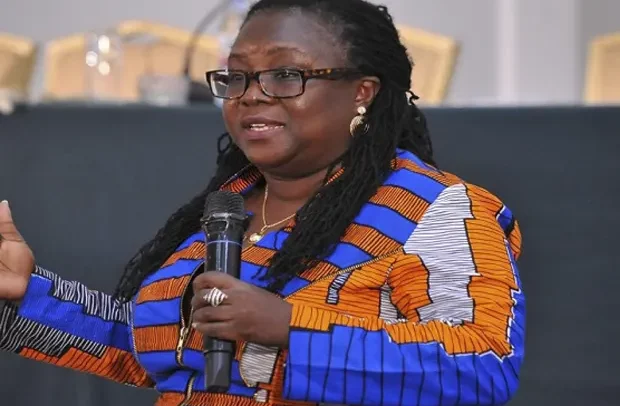




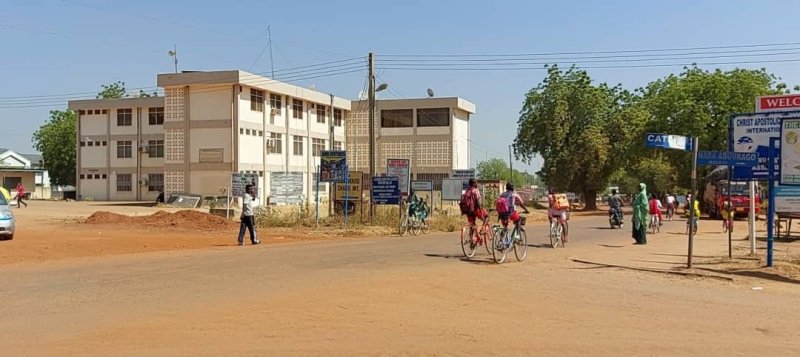


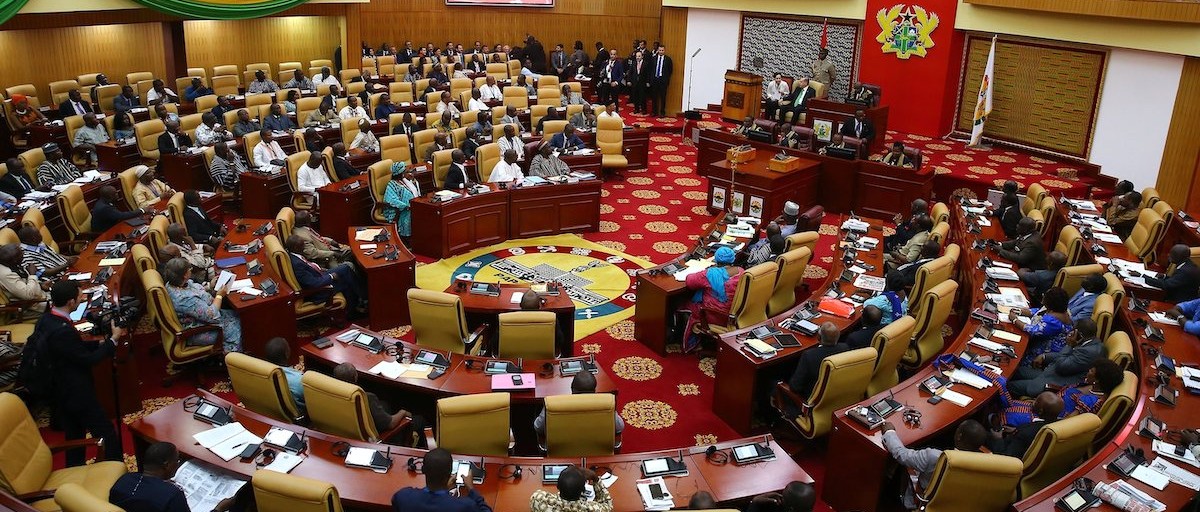



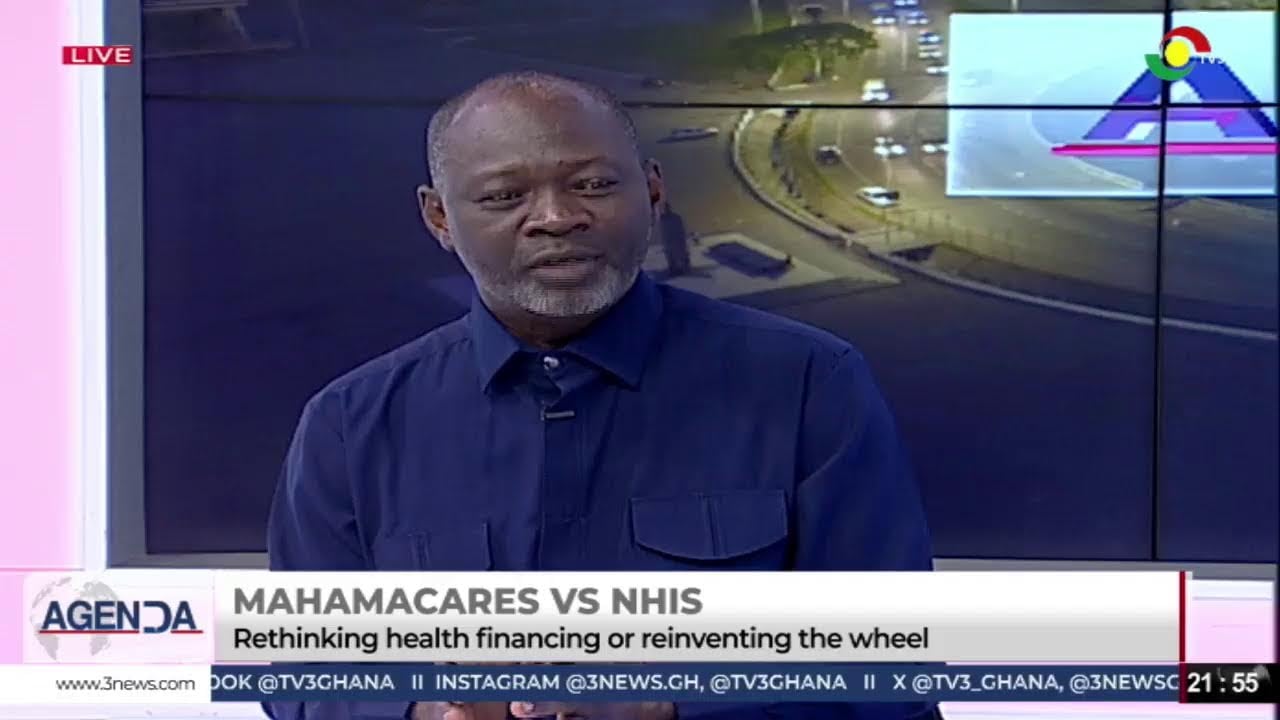
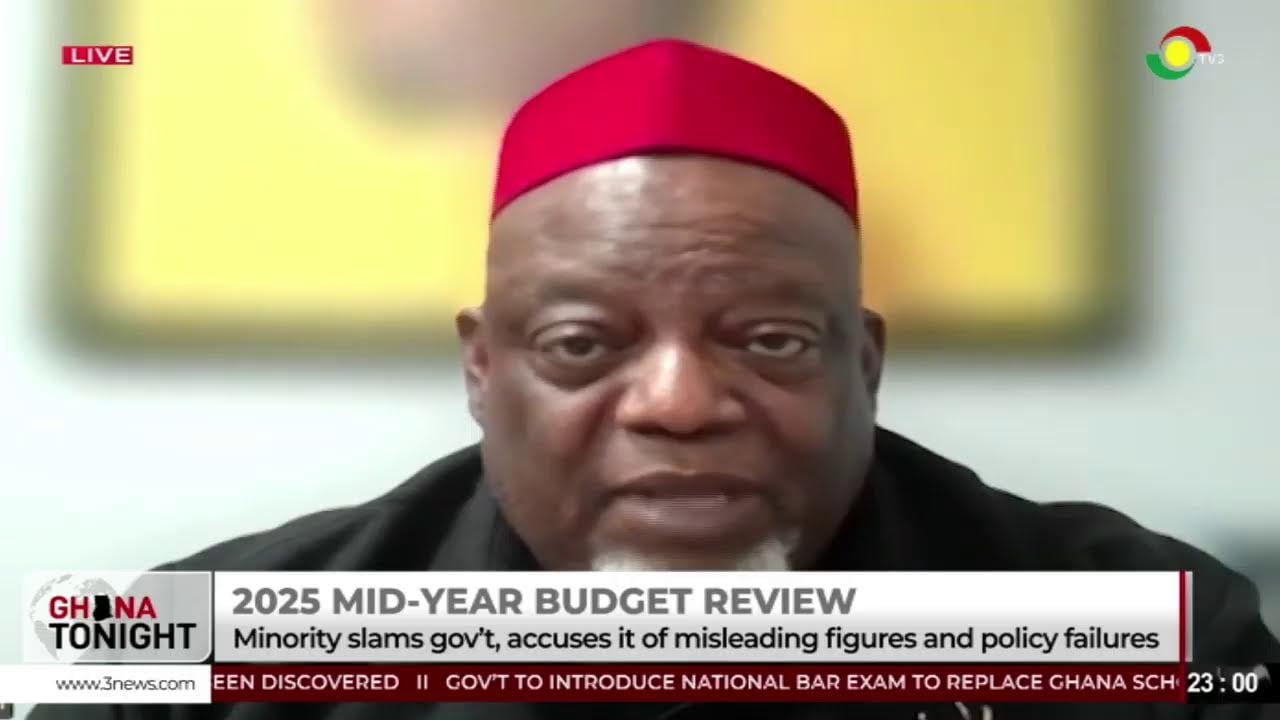







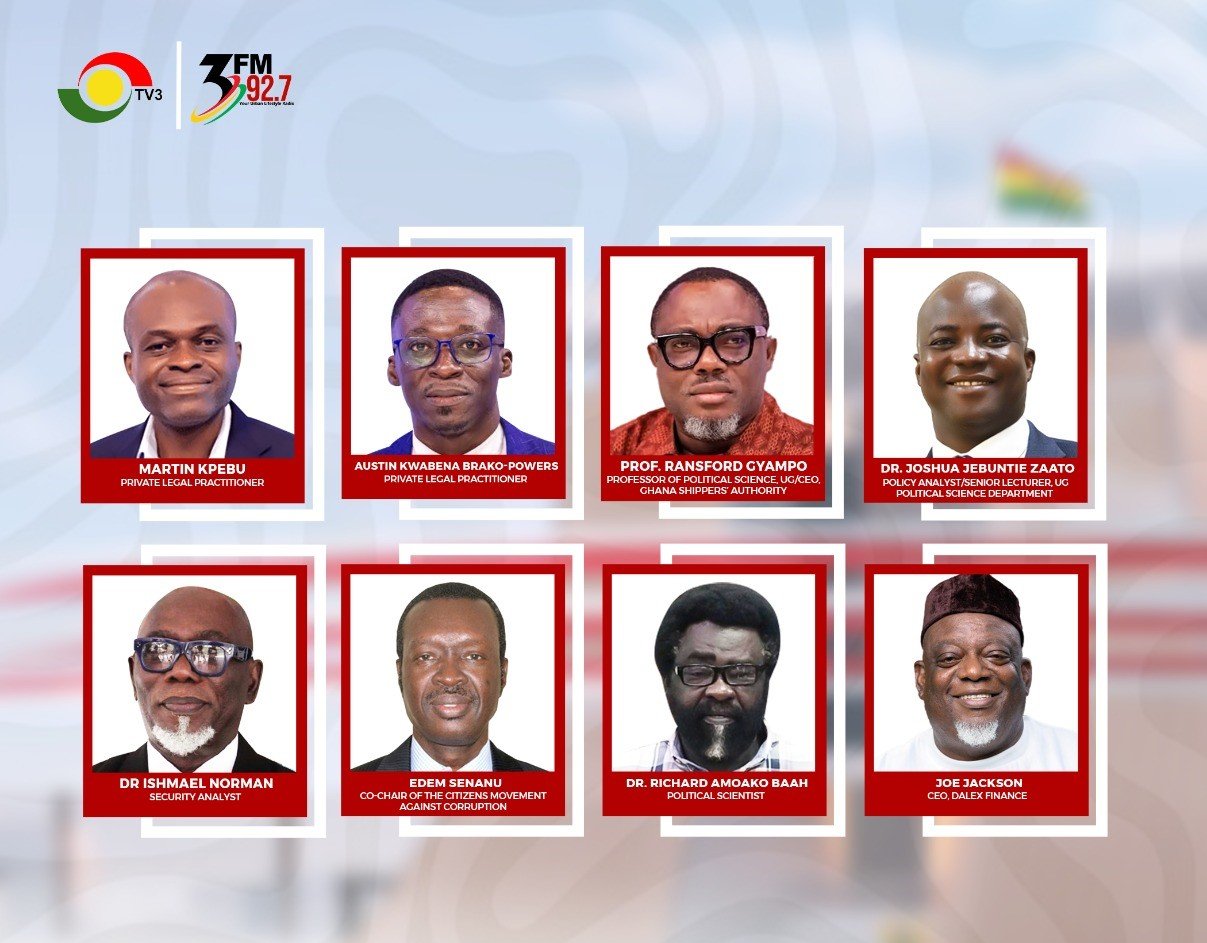


Facebook
Twitter
Pinterest
Instagram
Google+
YouTube
LinkedIn
RSS